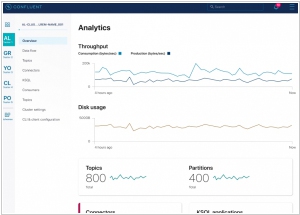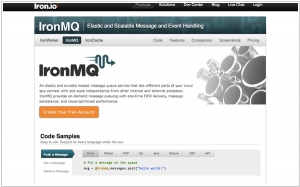Message Oriented Middleware
Updated: July 30, 2023
Message Oriented Middleware (MOM) is a communication infrastructure that facilitates the exchange of messages between distributed applications and systems. This specialized software layer ensures reliable and asynchronous message delivery, enabling decoupled and scalable interactions between different components in a distributed architecture. MOM employs message queues or topics to store and forward messages, ensuring that messages are delivered to their intended recipients even if they are temporarily unavailable. This makes MOM ideal for scenarios where applications need to communicate asynchronously and handle high message volumes. MOM plays a crucial role in enabling real-time data integration, event-driven architectures, and inter-application communication, making it a key technology in modern, distributed systems and microservices-based environments. By leveraging Message Oriented Middleware, organizations can achieve better integration, flexibility, and resilience in their IT infrastructures, ultimately leading to improved system performance and responsiveness.
See also: Top 10 IT Monitoring software
See also: Top 10 IT Monitoring software
2020. Confluent introduces scale on demand for Apache Kafka cloud customers

Confluent has unveiled a new scale-on-demand feature for its Apache Kafka cloud service, which enables automatic scaling up and down based on requirements. Elasticity is a crucial aspect of cloud computing, and the ability to seamlessly scale resources has been a key factor attracting organizations to the cloud. By automating this capability, Confluent alleviates a significant concern for DevOps teams, allowing them to focus on other important tasks without the added burden of managing scaling processes.
2015. Enterprise cloud infrastructure service Iron.io raises $8M

Iron.io, the company behind the IronMQ message queue service and the IronWorker worker platform designed for scalable execution of parallel tasks, has recently announced a successful Series A funding round, raising a total of $8 million. The primary objective of Iron.io services is to simplify the adoption of a microservices architecture by developers. This approach involves breaking down complex applications into smaller, independent components that communicate with each other via APIs. What sets Iron.io apart is its platform's flexibility in supporting applications across various environments, including on-premises, public or private clouds, and hybrid cloud setups. The newly acquired funds will be allocated to expanding Iron.io's engineering, sales, marketing, and customer support teams, essentially bolstering the entire company.

